
buy this print
Or share on:


After seeing the nano-quadcopter presentation at TED 2012 – including this, but with a lot more background, insights into their capabilities, and a video of a quadcopter entering and mapping a building in real time – technically impressive stuff. First responders. Military. Pornographers. Research. Retail. This changes many things.
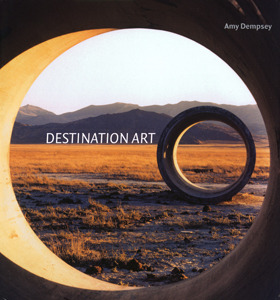
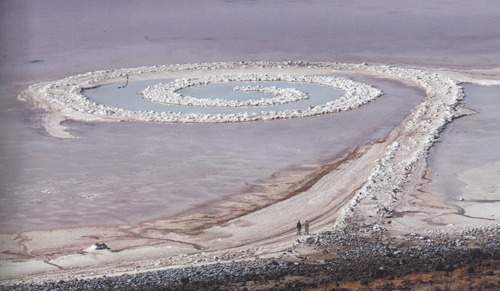


Alan uses an Hα filter, which cuts out almost all the light from the Sun except for a narrow slice of color emitted by warm hydrogen. This reduces the glare hugely, and reveals delicate structures in the Sun’s plasma. He then inverts the image, so bright things appear dark, and vice-versa. That’s an old astronomer’s trick that makes fainter things easier to see.Like this close-up? Go to the Bad Astronomy blog to see Alan Friedman's photo of the full Sun. Your mind will be blown. I promise.
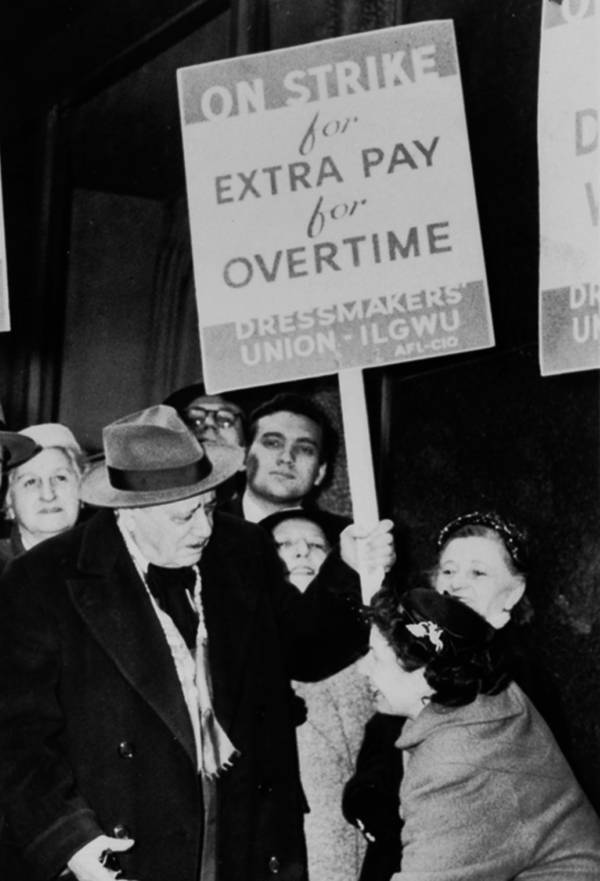
It’s a heresy now (good luck convincing your boss of what I’m about to say), but every hour you work over 40 hours a week is making you less effective and productive over both the short and the long haul. And it may sound weird, but it’s true: the single easiest, fastest thing your company can do to boost its output and profits — starting right now, today — is to get everybody off the 55-hour-a-week treadmill, and back onto a 40-hour footing...Yes, you can squeeze out some extra productivity with sporadic overtime pushes in the busy season (though the returns diminish -- 80-hour weeks aren't twice as productive as 40-hour ones), but if you turn "sporadic pushes" into business as usual, you're just paying for the same work to take place over more hours while destroying your workers' lives. You may not care about the latter -- not if you've got five more applicants lined up to take the jobs of the workers who drop at their desks -- but even so, why pay more for less?
By 1914, emboldened by a dozen years of in-house research, Henry Ford famously took the radical step of doubling his workers’ pay, and cut shifts in Ford plants from nine hours to eight. The National Association of Manufacturers criticized him bitterly for this — though many of his competitors climbed on board in the next few years when they saw how Ford’s business boomed as a result. In 1937, the 40-hour week was enshrined nationwide as part of the New Deal. By that point, there were a solid five decades of industrial research that proved, beyond a doubt, that if you wanted to keep your workers bright, healthy, productive, safe and efficient over a sustained stretch of time, you kept them to no more than 40 hours a week and eight hours a day.
Evan Robinson, a software engineer with a long interest in programmer productivity (full disclosure: our shared last name is not a coincidence) summarized this history in a white paper he wrote for the International Game Developers’ Association in 2005. The original paper contains a wealth of links to studies conducted by businesses, universities, industry associations and the military that supported early-20th-century leaders as they embraced the short week. “Throughout the ’30s, ’40s and ’50s, these studies were apparently conducted by the hundreds,” writes Robinson; “and by the 1960s, the benefits of the 40-hour week were accepted almost beyond question in corporate America. In 1962, the Chamber of Commerce even published a pamphlet extolling the productivity gains of reduced hours.”
What these studies showed, over and over, was that industrial workers have eight good, reliable hours a day in them. On average, you get no more widgets out of a 10-hour day than you do out of an eight-hour day. Likewise, the overall output for the work week will be exactly the same at the end of six days as it would be after five days. So paying hourly workers to stick around once they’ve put in their weekly 40 is basically nothing more than a stupid and abusive way to burn up profits. Let ‘em go home, rest up and come back on Monday. It’s better for everybody.
I'm gonna say this again, for those of you who yearn for the energy and danger and artistic vitality that NYC had in the 70s/80s, you need to drop everything and get yourself to New Orleans right now.
Shot in and around the Bywater in New Orleans, features friends of mine like Quack, and Rusty Lazer’s Swoon-festooned front steps and amazing art village, and local characters like Amzie Adams, this is your “must watch” of the week.

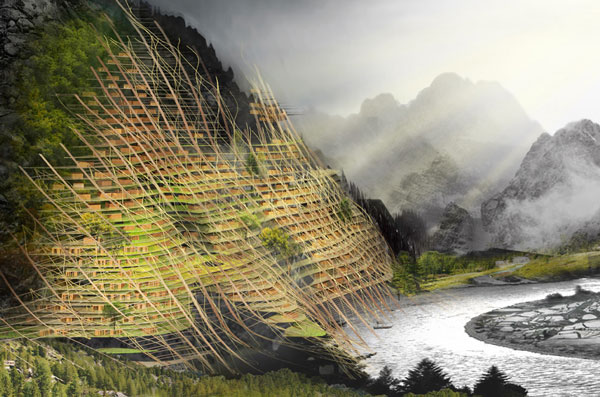
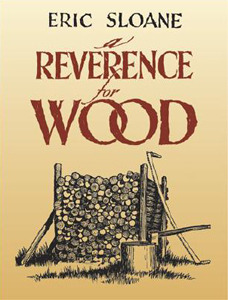
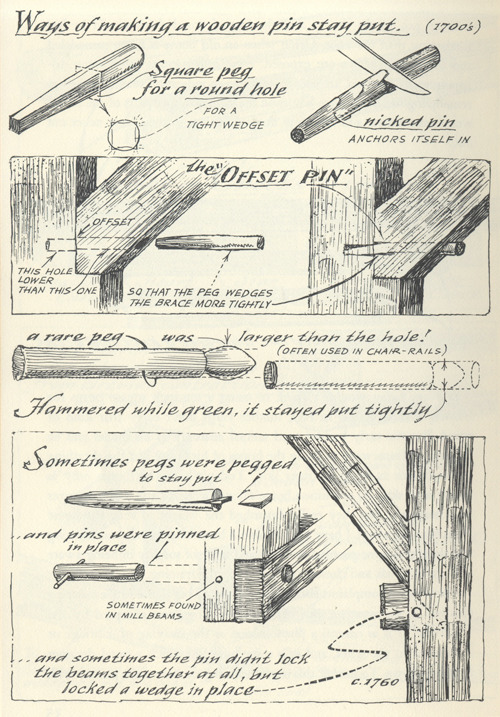

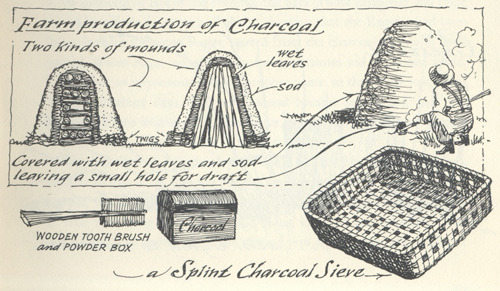
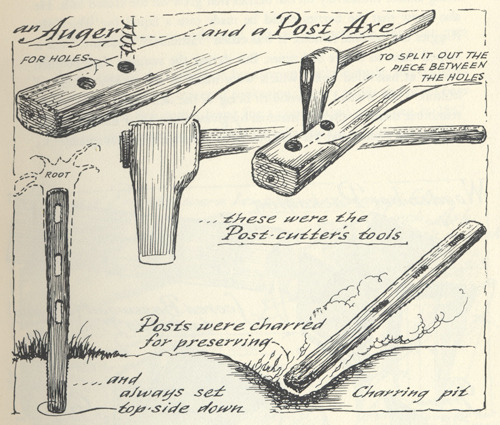

Remember when I mentioned that I had to knit 50 life size bees? Well I finally finished them!! woop woop! I may have gotten a little obsessive with the detail, but I kinda always do. It was weird for me doing such a small scale project after the huge pieces Im used to making, but I enjoyed it a lot, I think I learned quite a bit from it.
These bees are made form 100% baby merino wool from Malabrigo. I especially love the way they dye their colours, they are pretty much iridescent
Making the bees was certainly a process. I began by knitting the body from the back to the head, then I picked up stitches to make the wings which I used a simple lace stitch pattern for.